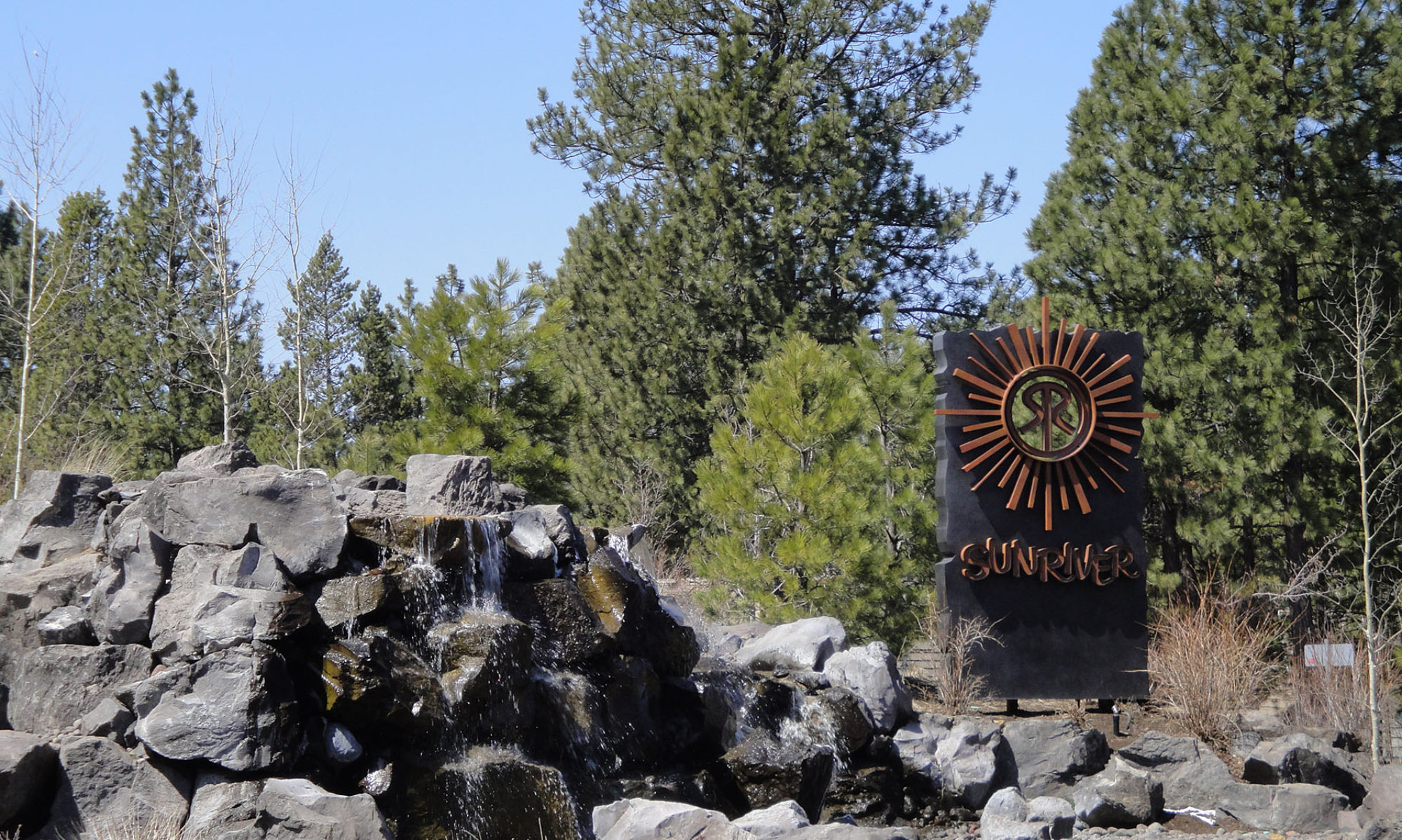 Water Consumption & The Green Revolution
Water Consumption & The Green Revolution
Water heaters – there are several energy saving strategies available when it comes to water heaters. When opting to use a traditional storage tank, the location of the tank can have a significant impact on the amount of water consumed and the cost of heating the water. The most economical placement is to have the tank as close as possible to where the water is used most so there is less water wasted waiting for the hot water to arrive. Adding insulation to the first foot of the pipe coming out of the hot water tank will reduce heat leakage. An alternative to the traditional hot water heater is the tankless water heater that only heats the water as needed by running the water through heated coils. This method eliminates the need to keep water hot all the time and the energy required to do so.
Landscaping -by designing and implementing a landscape centered on plants native to your locale that are also drought tolerant will reduce landscape watering requirements.
Rainwater cisterns with filtration systems – also gaining popularity are rainwater cisterns that store water from rooftop collection systems to be later used for irrigation. Sizes vary and can be selected based up on rainfall averages, collection area size, and available storage locations.
Impervious Paving Systems – porous surfaces reduce the impact on surrounding areas by allowing rain water to penetrate surfaces and be absorbed into the soil. Reducing runoff helps alleviate premature expansion of storm water treatment facilities.
Keep an eye out for part 4 of 5 in the coming days…

One Reply to “Housing, Real Estate & The Green Revolution, Part 3 – Water Consuption”
Comments are closed.